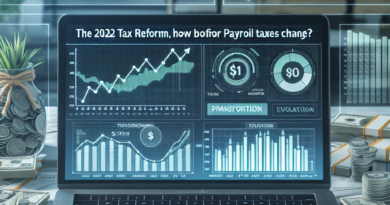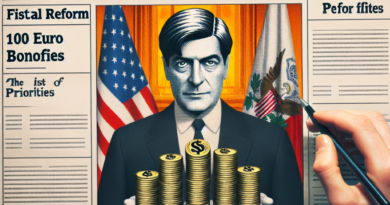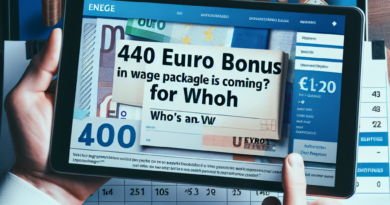Biennial preventive agreement, anyone who refuses the agreement is subject to checks
The two-year preventive agreement has aroused a lot of curiosity on the part of VAT numbers, but now that the instrument is starting to take shape in a more defined way, the first discontents are also emerging.
In the slides presented it is clearly underlined that anyone who refuses the proposed agreement, or lapses, is subjected to checks.
Based on the Government's estimates, a tax revenue of 760.5 million euros should emerge from this measure, also thanks to the use of Artificial Intelligence which will allow the analysis of all the data in the possession of the Tax Office, both provided by the taxpayer and present in the various databases.
The composition with creditors provides that the Revenue Agency will make a tax proposal available to interested taxpayers for two years.
This is the first step that should lead to the definitive formulation of the proposal, but let's see the various phases and why those who refuse to join the proposal are subjected to checks.
The phases of the two-year composition with creditors There are four phases of the composition with creditors: the first phase provides that the Financial Administration makes available to the taxpayer (executors of business activities, arts or professions to which the summary indices of reliability and flat rates are applicable ) specific programs that allow you to send the data useful for developing a proposal.
The platform must be made available by March 15, but for 2024 the terms will be extended and the platform will be available by April; the second phase must be completed by 20 June, the deadline by which the taxpayer who intends to join must send the data to the financial administration (20 July for 2024); on the basis of the data made available by the taxpayer and the data already available, the financial administration will formulate a proposal by 25 June (25 July for 2024); at this point there is the last phase: by 30 June the taxpayer must decide whether or not to accept the Tax Office's proposal (30 July for 2024).
The checks will arrive for taxpayers who do not join.
The rules provide that those who adhere to the biennial composition with creditors are not subjected to checks and investigations and this is because the taxation is based on data made available to the Revenue Agency and the result of an agreement, but what happens if after the initial impulse phase the taxpayer were to decide to not reach an agreement and therefore backs out because perhaps he realizes that with the ordinary method he could save money? What happens if there is a cause for revocation of the proposal? In this case the taxpayer will be subjected to checks.
The slides underline that the taxpayer who does not send the data, does not accept or withdraws from the proposed agreement is included in the "selective lists for the purposes of competent checks by the financial administration".
At this point it is important to understand in which cases, despite having the intention of accepting the proposal, one lapses.
In the event of forfeiture, in fact, the taxpayer is not included in the two-year preventive agreement not by choice, but in a certain sense through fault and also finds himself having certain controls.
The outline of the legislative decree provides that the taxpayer cannot access the biennial composition with creditors in the event that the data communicated by the taxpayer differs from that of the declarations presented.
Furthermore, taxpayers who are required to submit ISAs and have a fiscal reliability index lower than 8 will not be able to join the tax agreement.
Among the obstacles to joining there is also the presence of tax debts, in this case if less than 5,000 euros however, there is the possibility of joining.
Another red light is having received convictions for fraudulent declarations through the use of invoices and other documents or not having submitted declarations for one or more years.
read also VAT number, two-year preventive agreement starting from 2024: what changes and who benefits?




